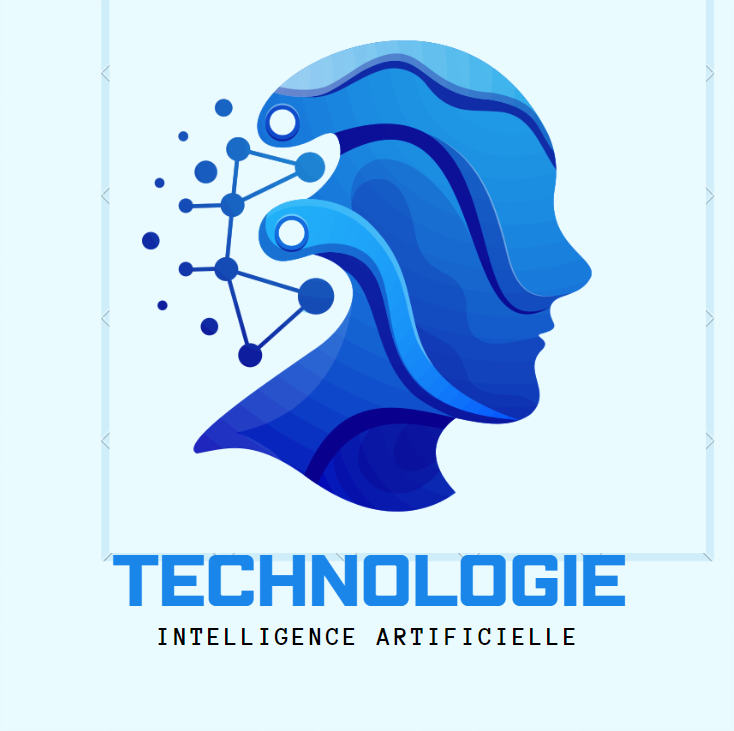Introduction to evolution of 2g 3g 4g 5g
The evolution of mobile phone standards, from the first 2G networks to the next generation 5G networks, has transformed the way we communicate, work and live every day.
Each generation of mobile technology has brought its share of innovations, from simple voice and text to rich multimedia experiences and ubiquitous connectivity. By examining the evolution of these standards, we can understand how mobile technology has advanced to meet society's growing needs for communication and connectivity.
how has cellular technology changed from 1g to 5g?
Cellular technology has undergone significant changes from 1G to 5G, with each generation bringing advancements in speed, capacity, and functionality:
- 1G (First Generation): Introduced in the 1980s, 1G technology enabled basic analog voice calls. It was characterized by bulky phones and limited coverage.
- 2G (Second Generation): 2G, introduced in the 1990s, brought digital voice calls and introduced services like SMS. It offered improved voice quality and security compared to 1G.
- 3G (Third Generation): Emerging in the early 2000s, 3G technology enabled faster data transmission, supporting services such as mobile internet browsing, video calling, and multimedia messaging.
- 4G (Fourth Generation): Rolled out in the late 2000s, 4G significantly increased data speeds, enabling high-definition video streaming, online gaming, and other bandwidth-intensive applications.
- 5G (Fifth Generation): 5G, introduced in the late 2010s and continuing to expand, offers unprecedented speed, ultra-low latency, and massive connectivity. It supports advanced applications such as augmented reality, virtual reality, autonomous vehicles, and the Internet of Things (IoT).
Overall, the transition from 1G to 5G has been marked by a continuous push for faster speeds, lower latency, increased capacity, and support for a wide range of innovative applications and services.
how has 4G changed the world?
4G technology has had a profound impact on the world in several ways:
- Mobile Internet Access: 4G significantly improved mobile internet speeds, making it practical to access the internet on smartphones and tablets with speeds comparable to or even surpassing traditional wired broadband connections.
- Rich Multimedia Experience: With 4G, users could stream high-definition videos, engage in video calls, and enjoy immersive gaming experiences on their mobile devices without buffering or lag, revolutionizing entertainment and communication.
- Economic Growth: 4G facilitated the growth of the app economy, leading to the development of countless mobile applications and services.
- 4. Mobile Commerce: The faster speeds and smoother user experience provided by 4G fueled the rise of mobile commerce (m-commerce). Consumers could now shop online, make payments, and conduct financial transactions securely from their mobile devices, leading to the proliferation of mobile payment services and e-commerce platforms.
- Digital Inclusion: 4G helped bridge the digital divide by providing fast and reliable internet access to underserved and remote areas, empowering people with access to information, education, and economic opportunities.
- IoT Connectivity: While not as robust as 5G in this regard, 4G also played a role in connecting IoT devices, laying the groundwork for the proliferation of smart home devices, wearables, and industrial IoT applications.
Overall, 4G technology transformed how people communicate, work, shop, and access information, paving the way for the digital age we live in today.
Is the mobile world moving towards?
Yes, the mobile world is rapidly moving towards 5G technology. Many countries and telecommunications companies have already begun rolling out 5G networks, and the deployment is expected to continue expanding globally in the coming years.
5G offers significant improvements over previous generations, including faster speeds, lower latency, and the ability to connect a massive number of devices simultaneously. These advancements unlock new possibilities for applications such as augmented reality, virtual reality, autonomous vehicles, smart cities, and the Internet of Things (IoT).
Conclusion:the evolution of mobile cellular technology from 2G to 5G has been a remarkable journey marked by continuous innovation and transformative advancements.
التسميات
Blogger section

